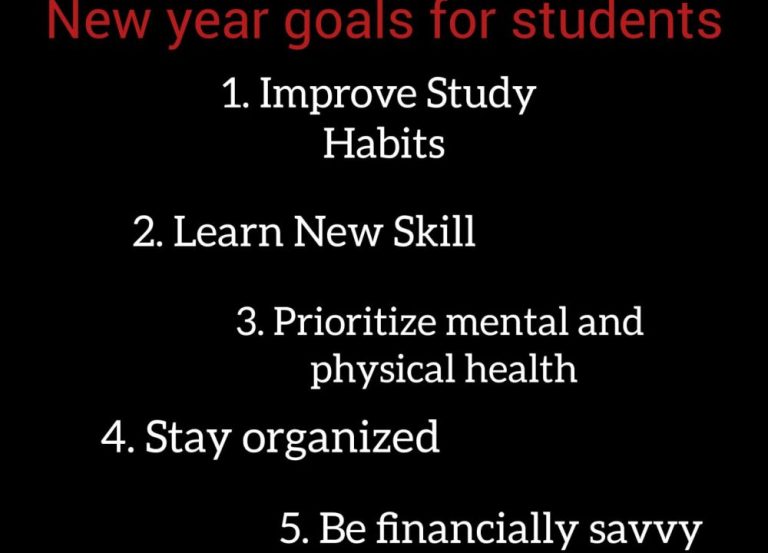
What is Delayed Gratification? – 5 Key Examples of Delayed Gratification

Success often stems from the small, intentional choices we make every day. But one of the most profound concepts behind achieving long-term goals is delayed gratification. In simple terms, delayed gratification means resisting an immediate reward in favor of a bigger, better reward in the future.
This ability to delay gratification is a key ingredient in personal and professional success. Whether it’s saving money, working hard toward a career goal, or maintaining a healthy lifestyle, the results may not be instant—but they are definitely worth it!
In this article, we’ll explore what delayed gratification is, real-life examples of it, and why practicing it can lead to remarkable outcomes. By the end, you’ll feel inspired to take consistent steps toward your goals, even when the rewards feel far away.
What is an Example of a Delayed Gratification Test?
One famous experiment showcasing delayed gratification is the Marshmallow Test, conducted by psychologist Walter Mischel in the 1960s. In this study, children were given a choice: eat one marshmallow now or wait 15 minutes and receive two marshmallows.
The results revealed something fascinating—children who managed to wait and delay gratification often experienced better life outcomes, such as higher academic achievements, better health, and stronger emotional control. The test became a cornerstone in understanding the importance of self-control and how it correlates with long-term success.
Think of the marshmallow test as a metaphor for everyday life. While the stakes may not always involve sweets, life often presents choices between instant pleasure and long-term rewards.
5 Key Examples of Delayed Gratification
- Saving Money Instead of Spending It Immediately: Choosing to set aside a portion of your income for future needs—like retirement, education, or emergencies—may not feel rewarding in the moment. However, the financial security and opportunities that come from disciplined saving are unparalleled.
- Studying or Learning New Skills: Imagine dedicating hours to learning a new language or perfecting a skill. It might feel tedious at times, but the long-term benefits—such as career advancement or personal growth—make the effort worthwhile.
- Maintaining a Healthy Lifestyle: Skipping junk food or hitting the gym after a long day is a classic example of delayed gratification. The immediate reward of resting or indulging is tempting, but prioritizing health leads to long-term vitality and confidence.
- Planting a Garden: Watching plants grow can feel slow, but the patience of nurturing seeds turns into a rewarding harvest of fruits, vegetables, or flowers. This is a beautiful representation of how small, consistent efforts yield big results.
- Starting a Business: Starting a new business, whatever kind of business it is requires investing time, energy and resources. You may not be getting the reward immediately. In fact, most businesses take time before they grow to their full potential. Delayed gratification here means putting consistent effort. The payoff? A successful business.
Which Two of the Following Are Examples of Delayed Gratification?
- Skipping a night out to save money for a vacation.
- Waking up early to work on a personal project instead of sleeping in.
- Spending All Your Savings on Impulse Shopping
The first two examples demonstrate the essence of delayed gratification—sacrificing immediate enjoyment for greater rewards down the road. Each choice represents an investment in a better future, whether it’s achieving financial goals or realizing a passion project.
The third example, however, is not delayed gratification because it prioritizes immediate satisfaction over long-term goals. Impulse shopping depletes resources that could have been used for planned and meaningful purposes, such as a vacation. Unlike skipping a night out to save money for a vacation, this choice undermines future rewards for the sake of short-term enjoyment.
What Are Examples of Practicing Delayed Gratification Rather Than Acting on Impulse?
Practicing delayed gratification often involves small, mindful decisions that replace impulsive behavior with thoughtful action. For instance:
- Meal Prep vs. Fast Food: Planning and preparing meals at home may take effort, but it’s healthier and more cost-effective than grabbing fast food.
- Avoiding Impulse Purchases: Instead of buying something on a whim, many successful individuals follow the “30-day rule,” waiting a month before deciding to buy.
- Time Management: Skipping a binge-watching session to complete a work task ensures you stay on track for future success.
Related Article: For clearer difference Between Delayed Gratification and Instant Gratification and How to Shift Towards Delayed Gratification, check out our article, Difference Between Delayed Gratification and Instant Gratification. It’s packed with practical tips to help you stay the course.
Can You Give an Example of a Child Coping with Delayed Gratification?
Children often struggle with delaying gratification, but small, teachable moments can help them learn. For example:
Imagine a child saving their weekly allowance to buy a coveted toy rather than spending it on candy right away. This exercise teaches them to prioritize long-term goals over short-term pleasures.
Parents can encourage delayed gratification by creating reward systems, such as earning points for good behavior or academic achievements, which can be redeemed for special treats or privileges.
Why Practice of Delayed Gratification?
Delayed gratification is not just about self-denial; it’s about understanding the value of perseverance and long-term planning. While it may seem challenging, small daily choices can compound into incredible results over time.
If you’re working on a project, saving for a goal, or trying to make healthier life choices, remember that the rewards may not be immediate. However, by staying consistent, the long-term benefits will far outweigh any temporary sacrifices.
Conclusion
So, what is delayed gratification? It’s the art of choosing long-term rewards over short-term indulgence. The 5 key examples of delayed gratification shared here—saving money, learning, maintaining health, gardening, and starting a business—show how small, intentional actions can lead to remarkable outcomes.
The next time you’re faced with a decision, ask yourself: What future reward am I working toward? Delayed gratification might not feel satisfying at the moment, but the joy of achieving your goals will make every effort worthwhile.



